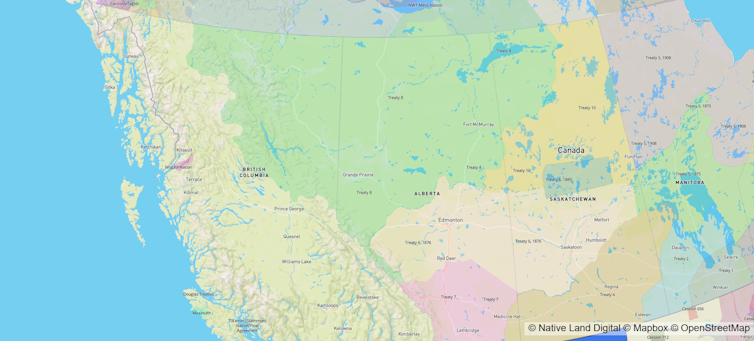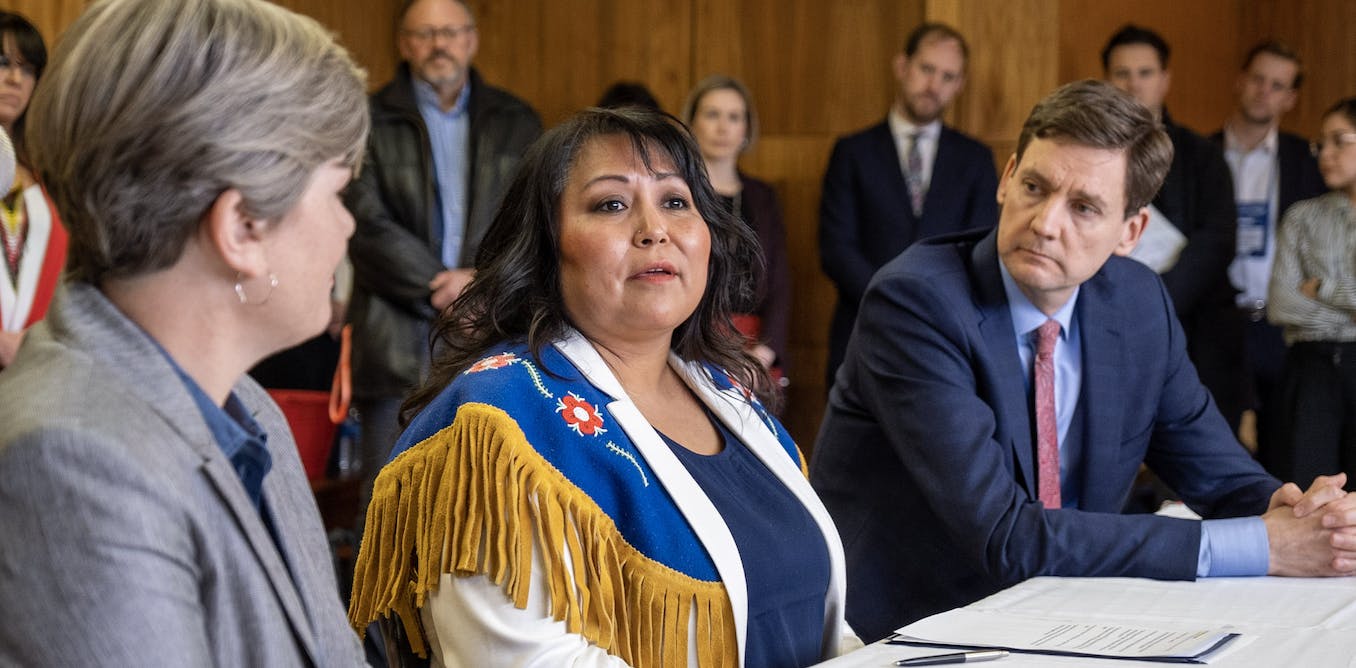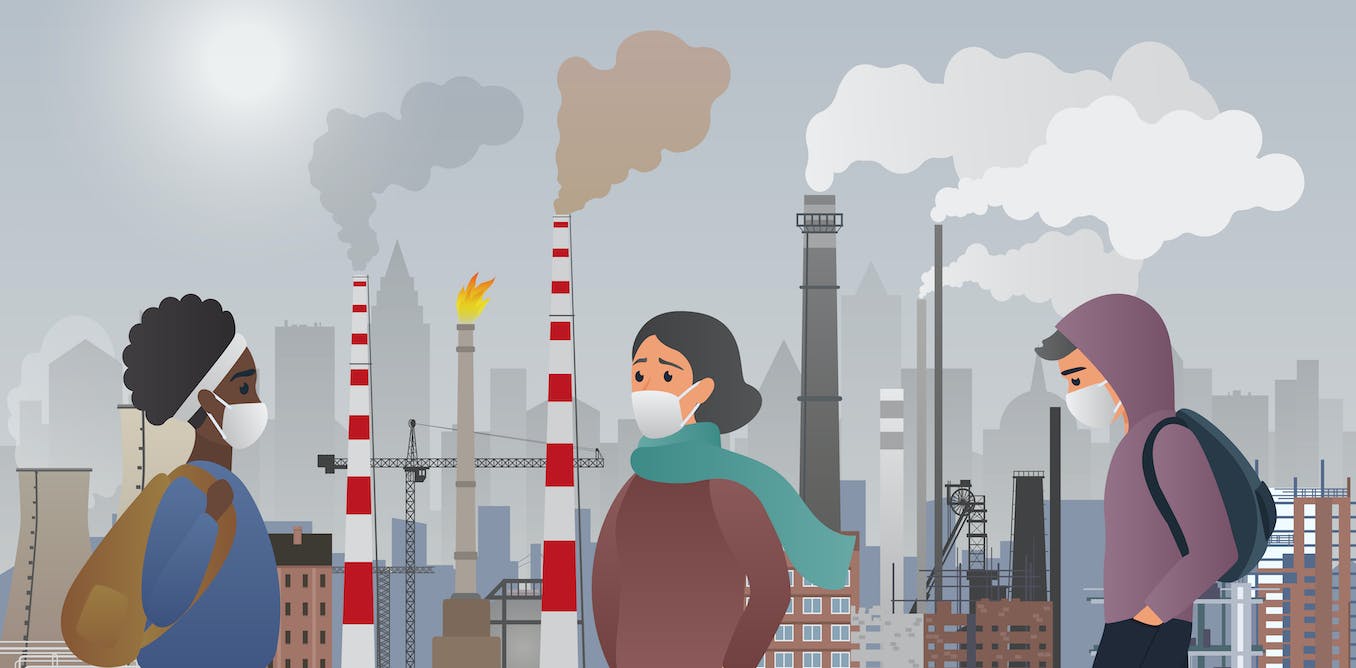Treaty 8 First Nations and the government of British Columbia have recently concluded two historical agreements on Treaty Land Entitlement and land and resource managment.
These agreements are expected to better honour the provincial government’s treaty obligations, significantly change how land is managed and how natural resources are developed in the First Nations’ traditional territories.
Yahey v. British Columbia
The agreements were signed in January as a result of the verdict of the Yahey v. B.C. case. In 2015, Blueberry River First Nation sued the B.C. government for failing to adequately address the effects of industrial development in the nation’s traditional territory.
Oil and gas extraction, logging, mining, construction of hydroelectric power plants, roads and pipelines and other disturbances have had a detrimental impact on the land, ecosystem and the ability of Indigenous people to live their daily lives and maintain their cultural practices.
Treaty 8 encompasses an area of more than 841,000 square kilometres. It comprises parts of northeastern British Columbia, northern Alberta and portions of Saskatchewan and the Northwest Territories. It is the largest land area covered by a treaty in Canada.

(Native Land Digital)
Treaty 8 created reciprocal rights and obligations, which the province violated by allowing industrial development without seeking the Nations’ approval. In 2021, the B.C. Supreme Court sided with Blueberry River First Nation, saying that by authorizing industrial development, the province breached its treaty obligation to the First Nation and failed to ensure that they could keep living according to their traditional mode of life.
What a landmark court victory for B.C. First Nation means for Indigenous rights and resource development
Restoration fund
The new agreement signed with Blueberry River First Nation provides economic compensation for land restoration activities. A $200 million restoration fund is to be established by June 2025 to support land restoration efforts after decades of industrial exploitation.
Moreover, the agreement provides for an ecosystem-based management approach for future land-use planning in Blueberry River First Nation’s most culturally relevant areas, and also limits new oil and gas development projects.

THE CANADIAN PRESS/Adrian Wyld
The individual agreements signed with other Treaty 8 First Nations share the same commitments. The province and First Nations agree to work together to honour Treaty 8, heal the land and ensure certainty for natural resource development in the region.
Honouring Treaty 8 is at the core of another historical agreement recently concluded by the federal government and five Treaty 8 First Nations: Blueberry River, Doig River, Halfway River, West Moberly and Saulteau.
The Treaty Land Entitlement agreement solves a long-lasting claim on lands that were not assigned to First Nations when they signed Treaty 8 in 1899.
It gives back 443 square kilometres of land to five Treaty 8 Nations while ensuring a $800 million payment from the federal government. Marc Miller, the federal minister of Crown-Indigenous relations, called the payment “a bill that has gone unpaid for more than 100 years by the government of Canada.”
Resource exploitation
Northeastern B.C. is expected to experience a significant boom in resource exploitation activities in the near future due to the abundance of gas in the Montney Play.
Montney Play is one of the biggest shale gas formations in Canada and a large portion of the traditional territory of the Blueberry and Doig River First Nations is located in the Montney Play.
Montney Play has also been characterized as Canada’s largest carbon bombs, due to the emissions it could generate if it’s exploited. If such a scenario becomes reality, Canada will most likely miss its climate goals, which are already at risk of being unmet.
How a Supreme Court case could decide the future of Canadian climate policy
B.C. is already experiencing massive industrial development elsewhere. Major projects such as the Site C Dam and the Coastal GasLink pipeline are expected to be completed in the next few years.
In addition, two Indigenous-led liquefied natural gas projects will likely be realized: an LNG facility proposed by the Haisla Nation, and another proposed by the Nisga’a Nation.
Incorporating UNDRIP
These massive developments are taking place at a time when the B.C. and federal governments are working to implement the UN Declaration on the Rights of Indigenous Peoples (UNDRIP).
B.C. passed its Declaration on the Rights of Indigenous Peoples Act in 2019. The act establishes UNDRIP as a framework for reconciliation and is to be implemented according to an 89-point action plan.
The federal government passed the United Nations Declaration on the Rights of Indigenous Peoples Act in 2021 and has released a draft Action Plan for its implementation. The plan, still under development, has not received the approval of First Nations.
Without a clear action plan and legislation in place, the implementation of UNDRIP could be jeopardized, with one of its most important principles at risk: the free prior and informed consent of Indigenous communities (FPIC).
This is currently happening in B.C., where FPIC implementation is fragmented. Some First Nations are successfully implementing FPIC amid newly approved development projects. Other nations are going to court to demand that FPIC be implemented.
Years from now, it will be possible to reflect on what’s happening and have better information to evaluate. For the time being, implementing UNDRIP and the principle of informed consent is essential. It makes it possible to assess whether UNDRIP is being implemented properly while reflecting on what the future in northern B.C. will look like.




